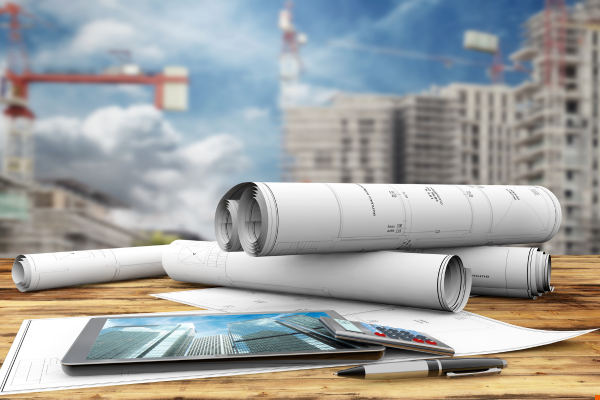
Discovery – It’s Not All in the Documents
Robert C. McCue, P.E.
MDCSystems®
Consulting Engineer
Document discovery is to be anticipated and disliked on every construction litigation effort. By their nature, construction projects are paper and electronic data generation machines. How can the litigation team quickly and efficiently navigate through the voluminous and redundant files while collecting the most important documents?
One approach lies in obtaining expert technical help early to guide the discovery team toward the most likely collection of documents based upon the key issues in the case. Another may come from developing the case with the early input of the most knowledgeable project personnel. Combined, these two approaches can significantly simplify and aide in the collection and review of the necessary documents.
The contents of the document collection do not always indicate the challenges to be faced by the litigation team. Often what’s ‘not there’ can tell as much about the project as what is there.
The technical team should be able to predict the key collections of calculations, preliminary and final design documents, and vendor data necessary for the typical project of the type in question. If the collection being reviewed does not have the anticipated document types, it may indicate that assumptions replaced calculations and cost reduction goals overrode good construction practice. In other words, the necessary design and review process was not rigorously pursued.
In any event, the following document types should be part of every discovery collection; design and construction meeting minutes, request for proposal and bid documents, bid and issued for construction drawings, shop drawings, vendor data, requests for information, project e- mail files, correspondence files, and schedules. In general, the most valuable construction schedules include both the printed and electronic versions, so it can be determined which were the most significant schedules used during the work. The actual schedule logic and ties can normally be recovered from the electronic versions and they also yield a record of important changes during the course of the project.
The progression of design, bid and construction drawings and specifications will show the evolution of the design and illustrate key shifts in design, budgetary or execution philosophy. Meeting minutes and other informal correspondence can provide the history of ‘notices’ required by contract for issues such as schedule delays, additional labor requirements or cost increases where more formal correspondence has been overlooked for expediency.
MDCSystems® can help in providing solutions to these types of challenges!



0 Comments